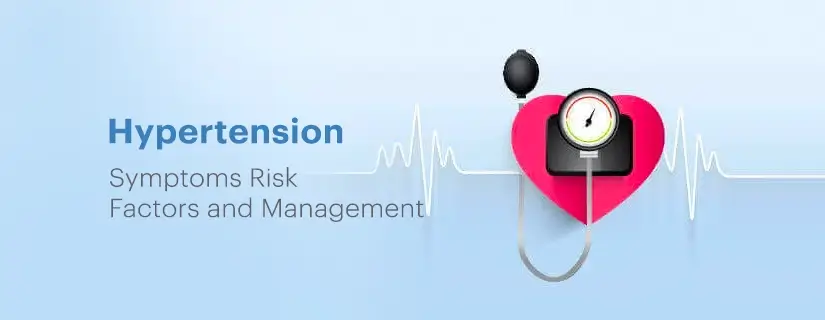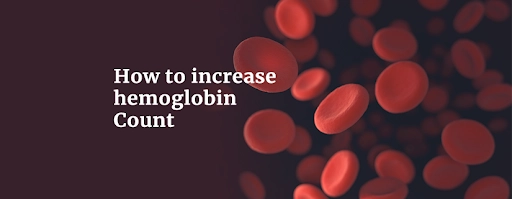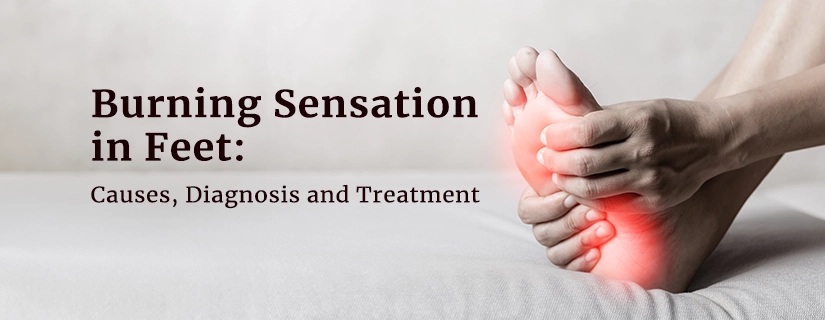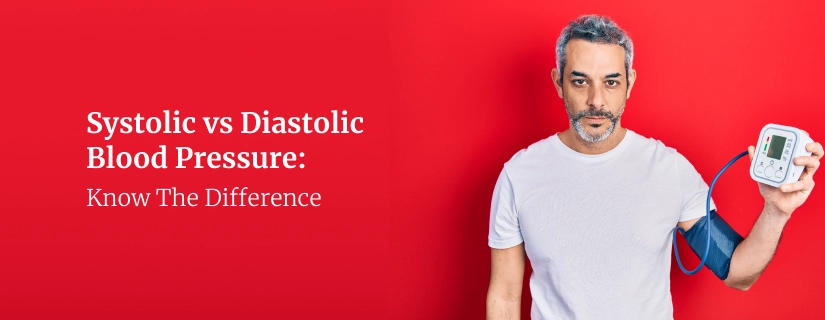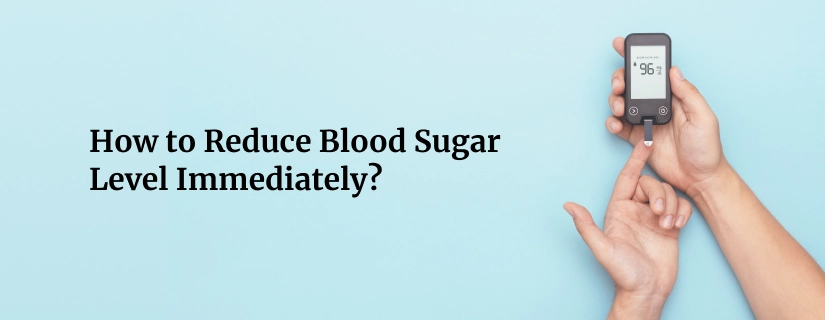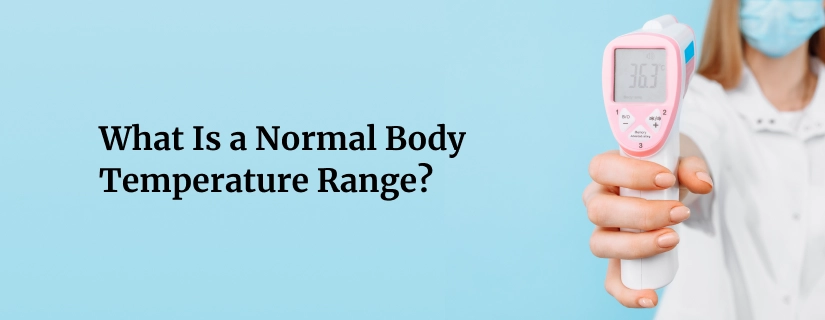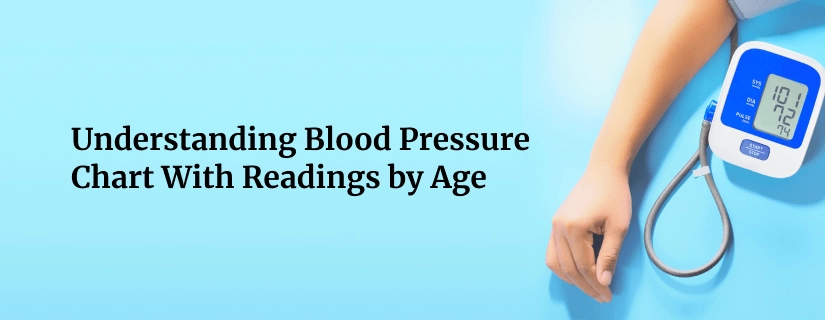-
Doctors
-
Specialities & Treatments
Centre of Excellence
Specialties
Treatments and Procedures
Hospitals & Directions HyderabadCARE Hospitals, Banjara Hills CARE Outpatient Centre, Banjara Hills CARE Hospitals, HITEC City CARE Hospitals, Nampally Gurunanak CARE Hospitals, Musheerabad CARE Hospitals Outpatient Centre, HITEC City CARE Hospitals, Malakpet
HyderabadCARE Hospitals, Banjara Hills CARE Outpatient Centre, Banjara Hills CARE Hospitals, HITEC City CARE Hospitals, Nampally Gurunanak CARE Hospitals, Musheerabad CARE Hospitals Outpatient Centre, HITEC City CARE Hospitals, Malakpet Raipur
Raipur
 Bhubaneswar
Bhubaneswar Visakhapatnam
Visakhapatnam
 Nagpur
Nagpur
 Indore
Indore
 Chh. Sambhajinagar
Chh. SambhajinagarClinics & Medical Centers
Book an AppointmentContact Us
Online Lab Reports
Book an Appointment
Consult Super-Specialist Doctors at CARE Hospitals
Vitals Signs: Types, Normal Ranges and How to Track
Updated on 24 December 2024
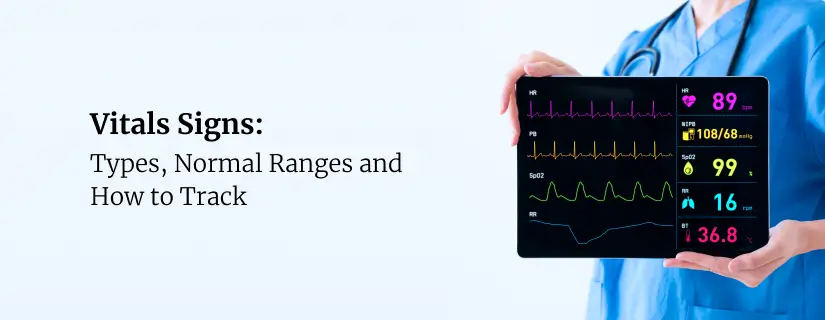
Table of Content
- What are Vital Signs?
- What are Normal Ranges for Vital Signs?
- What are Paediatric Vital Signs?
- What is Body Temperature?
- How do I Check My Body Temperature?
- What is Blood Pressure?
- How do I Check My Blood Pressure at Home?
- What is a Low Blood Pressure Measurement?
- What is a Pulse Rate?
- How do I Check My Pulse?
- What Can Affect My Pulse?
- What is a Respiratory Rate?
- How do I Check My Respiratory Rate?
- What Conditions Affect My Respiratory Rate?
- Conclusion
Most people visit their doctor only when they feel unwell, but waiting until symptoms appear can mean missing early warning signs of health issues. Regular monitoring of vital signs provides a window into overall health, helping detect potential problems before they become serious.
Understanding normal ranges for these measurements and learning proper monitoring techniques allows people to take a more active role in their health management. This guide explains each vital sign, what the numbers mean, and how to check them correctly at home.
What are Vital Signs?
Vital signs indicate how well the body's essential functions are performing. These fundamental health indicators serve as crucial markers for doctors to evaluate a person's basic bodily functions and overall health status.
The following are four main types of vital signs:
- Body temperature
- Blood pressure
- Pulse (heart rate)
- Respiratory rate (breathing rate)
What are Normal Ranges for Vital Signs?
For the average built healthy adult at rest, normal vital signs typically fall within these ranges:
- Body Temperature: 97.8°F to 99.1°F (36.5°C to 37.3°C)
- Blood Pressure: Between 90/60 mmHg and 120/80 mmHg
- Pulse Rate: 60-100 beats/minute
- Respiratory Rate: 12 -18 breaths/minute
What are Paediatric Vital Signs?
The paediatric vital signs normal ranges categorised by age groups are as follows:
| Age | Blood Pressure (mmHg) |
Heart Rate (bpm) |
Respiratory rate (breaths/min) |
| 0-3 months | 65-85/45-55 | 110-160 | 30-60 |
| 3-6 months | 70-90/50-65 | 100-150 | 30-45 |
| 6-12 months | 80-100/55-65 | 90-130 | 25-40 |
| 1-3 years | 90-105/55-70 | 80-125 | 20-30 |
| 3-6 years | 95-110/60-75 | 70-115 | 20-25 |
| 6-12 years | 100-120/60-75 | 60-100 | 14-22 |
What is Body Temperature?
Body temperature represents the body's internal heat level, generated primarily by the heart, brain, liver, and muscles working together. This vital sign is an essential indicator of the body's metabolic state and overall health.
The body temperature for a person is 98.6°F (37°C), though normal readings can range from 97.8°F to 99.1°F (36.5°C to 37.3°C). Doctors consider readings above 100.4°F (38°C) as a fever, while temperatures below 95°F (35°C) indicate hypothermia.
Several factors can influence body temperature readings:
- Time of day (highest in late afternoon, lowest in early morning)
- Physical activity and exercise
- Environmental conditions
- Hormonal changes
- Strong emotions and stress
- Age (older people have more difficulty regulating temperature)
- Food and fluid consumption
How do I Check My Body Temperature?
The most common methods for measuring body temperature include:
- Digital Oral Thermometer: Placed under the tongue for 30 seconds
- Axillary Measurement: Placed in a dry armpit for 30-60 seconds
- Tympanic Thermometer: Inserted gently into the ear canal
- Temporal Scanner: Passed across the forehead
- Rectal Thermometer: The most accurate method, particularly for infants
When taking any temperature measurement, waiting at least 20 minutes after eating or drinking is essential, as consuming hot or cold items can affect readings.
What is Blood Pressure?
Blood pressure measurement reveals the force exerted by blood against artery walls during heart activity. This vital sign consists of two numbers, each representing different phases of the heart's pumping cycle.
The measurement includes:
- Systolic Pressure: The higher number showing pressure when the heart contracts
- Diastolic Pressure: The lower number indicating pressure when the heart relaxes
Doctors express blood pressure readings in millimetres of mercury (mm Hg). For example, a 120/80 mm Hg reading means a systolic pressure of 120 & a diastolic pressure of 80.
How do I Check My Blood Pressure at Home?
Individuals should remain still and quiet throughout the reading when measuring blood pressure. The cuff should be positioned about 2cm above the elbow to detect the artery properly. Taking two to three readings, each one to two minutes apart provides more reliable results than a single measurement.
For consistent monitoring, measurements should be taken simultaneously each day, such as morning and evening. Doctors typically recommend measuring blood pressure in both arms initially, then using the arm with higher readings for future measurements.
Several factors can significantly influence blood pressure measurements, potentially causing variations of 5 to 40 mmHg in readings. These include physical activity, stress, caffeine, certain medicines, nicotine, and a full bladder.
Essential preparation steps for blood pressure measurements include:
- Rest quietly for 5 minutes before measurement
- Empty the bladder completely
- Avoid caffeine, tobacco & alcohol for at least 30 minutes prior
- Refrain from exercise before measuring
- Remove tight or restrictive clothing
- Remain silent during measurement
- Use a properly sized cuff on bare skin
What is a Low Blood Pressure Measurement?
Doctors define low blood pressure, medically known as hypotension, as a reading below 90/60 millimetres of mercury (mm Hg). This measurement represents a significant drop from the normal blood pressure range, typically below 120/80 mm Hg.
Doctors evaluate blood pressure readings based on several key factors:
- Systolic pressure (top number): Below 90 mm Hg indicates low pressure
- Diastolic pressure (bottom number): Below 60 mm Hg indicates low pressure
What is a Pulse Rate?
The pulse rate represents one of the body's most fundamental rhythms, measuring the number of times arteries expand and contract as the heart pumps blood through them. Each pulse beat corresponds to a heartbeat, making it an essential vital sign for monitoring cardiovascular health.
Healthy adults' normal resting pulse rate ranges from 60 to 100 beats per minute (BPM). However, this range can vary significantly among individuals. Athletes and people who exercise regularly often have resting pulse rates as low as forty beats per minute, indicating efficient heart function.
How do I Check My Pulse?
Checking pulse vital signs requires precise finger placement and careful counting. Two primary locations on the body offer easy access to pulse measurement: the wrist (radial pulse) and the neck (carotid pulse).
For wrist measurement, individuals should:
- Turn one palm facing upward
- Place middle and index fingers below the wrist crease, near the thumb base
- Press gently until the pulse becomes noticeable
- Count beats for 15 seconds & multiply by 4
- Alternatively, count for 30 seconds & multiply by 2
The neck method requires more careful pressure to avoid stimulating sensitive nerve endings. When checking the carotid pulse, individuals should place their fingers in the soft groove beside the windpipe, applying gentle pressure until they feel it.
What Can Affect My Pulse?
The most common factors affecting pulse rate include:
- Physical Factors:
- Exercise and physical activity
- Body temperature changes
- Dehydration levels
- Terrain difficulty during movement
- Wind resistance during outdoor activities
- Health-related Factors:
- Recent illness or infection
- Medication effects
- Sleep quality
- Nutrition status
- Blood sugar levels
- Environmental Factors:
- Ambient temperature
- Humidity levels
- Altitude changes
- Time of day
What is a Respiratory Rate?
Breathing represents one of the body's most critical functions, and respiratory rate measures this vital process by counting the number of breaths taken per minute. The respiratory drive system, consisting of neural central control, sensory input, and muscular systems, carefully regulates this essential function.
A normal respiratory rate for healthy adults ranges from 12 to 20 breaths per minute during rest. Doctors consider this vital sign particularly valuable as it often serves as an early warning system for various health conditions, sometimes showing changes before other vital signs indicate problems.
Several factors can influence respiratory rate:
- Central nervous system conditions
- Underlying health issues
- Physical activity levels
- Emotional state
- Environmental conditions
- Medications, particularly opioids
- Age-related changes
The speed and pattern of breathing provide valuable information about how effectively the body delivers oxygen to vital organs and tissues. When measuring respiratory rate, doctors assess the number of breaths and the depth and pattern of breathing, as these characteristics can indicate potential health concerns requiring attention.
How do I Check My Respiratory Rate?
Step-by-Step Measurement Process:
- Find a quiet space to minimise distractions
- Position the person in a comfortable sitting or lying position
- Place their hands on their abdomen or chest
- Start the timer for one full minute
- Count each rise and fall of the chest as one complete breath
- Record the total number of breaths observed
For optimal accuracy, observers should:
- Appear to check something else, like pulse, to keep breathing natural
- Count for the full minute rather than multiplying shorter counts
- Maintain consistency in the measurement method
- Consider repeating the count if readings seem unusual
- Note any factors that might affect breathing patterns
What Conditions Affect My Respiratory Rate?
- Medical conditions that affect respiratory rate include:
- Alcohol and opioids can slow respiratory rate dangerously
- Stimulant medications might increase it. Central nervous system depressants, including some sleeping medications and benzodiazepines, can also alter breathing patterns.
- Dehydration often leads to faster breathing as the body attempts to maintain balance.
- High altitudes typically increase respiratory rate as the body adapts to lower oxygen levels.
- During fever, breathing rates often increase as the body works to cool itself.
- Psychological factors such as anxiety & panic attacks can trigger rapid breathing or hyperventilation.
Conclusion
Regular monitoring of vital signs is a powerful tool for maintaining good health & detecting potential problems early. The four key measurements - body temperature, blood pressure, pulse rate, and respiratory rate - provide essential information about the body's basic functions and overall well-being.
People who track these vital signs regularly gain better awareness of their normal ranges and can spot concerning changes quickly. Each measurement tells its own story about health status, from temperature indicating possible infections to respiratory rates revealing lung function.
To Book an Appointment, call:
ENQUIRY FORM
SELECT CATEGORIES
-
Neurosciences (16)
-
Neurology (37)
-
Neurosurgery (14)
-
Orthopaedics (48)
-
Oncology (33)
-
Obstetrics and gynecology (51)
-
Pulmonology (23)
-
Urology (20)
-
Nephrology (13)
-
Psychiatry (7)
-
Dietetics and Nutrition (111)
-
General Medicine (63)
-
Cardiac Sciences (30)
-
Vascular & Endovascular Surgery and Interventional Radiology (10)
-
Gastroenterology (46)
-
Endocrinology (23)
-
Plastic Surgery (10)
-
Critical Care Medicine (5)
-
COVID-19 (16)
-
Dermatology (16)
-
Emergency Care (1)
-
Ophthalmology (4)
-
Pediatrics (14)
-
Laparoscopic and Bariatric Surgery (8)
-
ENT (15)
-
Kidney Transplant (1)
-
Liver Transplantation and Hepatobiliary Surgery (5)
-
General Surgery (3)
-
Internal Medicine (5)
-
Medicine Information
Mpox: Everything to Know About Mpox (Monkeypox) Rash
Itching During Dengue: Causes, Treatment and Home Remedies
YOU MAY ALSO LIKE
RECENT BLOGS
-

Direct Anterior Approach in Total Hip Replacement: Advantages and Challenges
10 April 2025
Read More
-

Zinc Deficiency: Signs and Symptoms, Causes, Treatment
9 April 2025
Read More
-

Chest Pain When Coughing: Causes, Treatment and Home Remedies
9 April 2025
Read More
-

12 Health Benefits of Eating Mushrooms
8 April 2025
Read More
-

7 Health Benefits of Blood Donation You Should Know About
8 April 2025
Read More
-

Implantation Bleeding Vs Periods: Know the Difference
28 February 2025
Read More
-

Bloating During Ovulation: Symptoms, Causes and Remedies
28 February 2025
Read More
-

Itching During Dengue: Causes, Treatment and Home Remedies
18 February 2025
Read More
Have a Question?
If you cannot find answers to your queries, please fill out the enquiry form or call the number below. We will contact you shortly.











